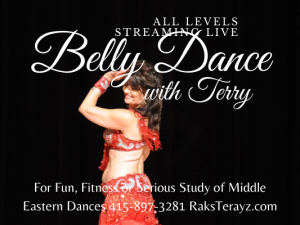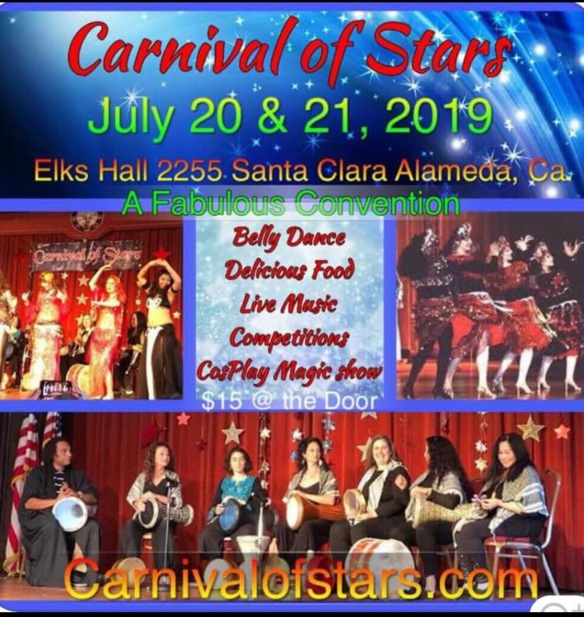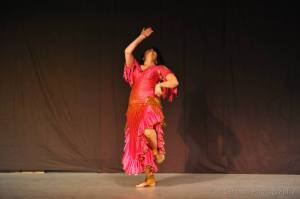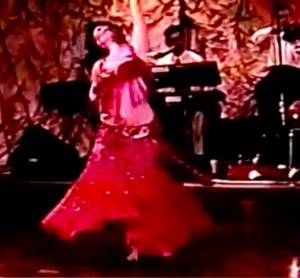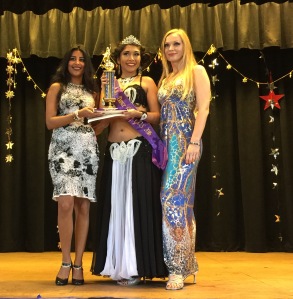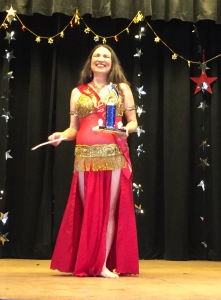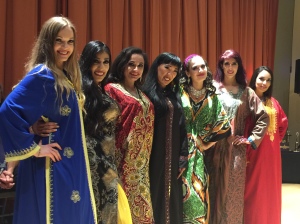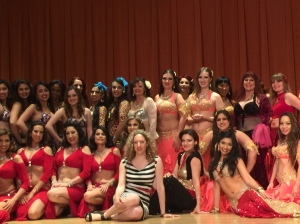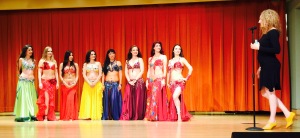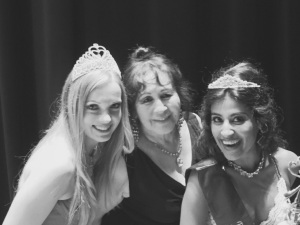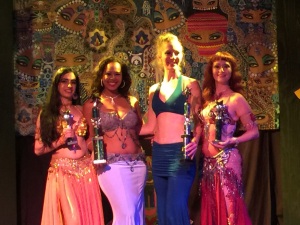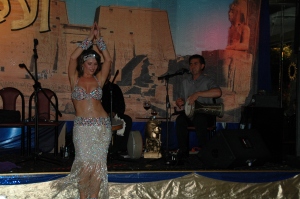
The hilarity of it all

A Night like a Thousand before

A Night Like a Thousand Before
This year is the first time in my life that dance has taken a back seat in my life. (Because of family obligations) I began Belly Dancing as a teenager, as well as other forms, so that’s a long time now.
After 24 years of weekly classes, 40 years of study next year! I never started in dance with the intent to teach, or with an idea that it would be such a BIG part of my life, even though as a small child it took up hours of my day. I started teaching regularly in my community because I was getting requests from fellow students that sounded like this…show me that step you did last weekend when you were performing at…I had been a “working dancer” for many years before i even thought i had something to say as a teacher. My class attendance was all word of mouth, rarely advertised, I didn’t even have a mailing list for 5-6 years. Back then i adored, i mean adored (still do) making a 7-10 minute choreography….dissecting the music, researching the history and sharing it with my dancer friends who came to dance with me. My classes were geared on understanding the music and learning the technique that was needed to dance on that music. Training them to become a working dancer. I also started teaching because I needed to step up my own game, because i was working so hard, 5-6 nights a week, multiple venues and private parties after hours…there were no classes in my area that supported that kind of physicality, or the giving me the information to help me make my shows. I’d take an 1.5 hour dance class, then go home and practice some with music and the technique I needed to perform my shows. Along with watching a lot of gigging dancers. At that time there were 1/2 dozen or so nightclubs with full bands and a complete dance show, and that was an important part of my dance education.
Change is constant..and I must say I’m enjoying the transition. . It’s been 9 years since the last big nightclub closed in SF bay Area. Gone are the steady stream of parties and regular gigs. I’m not talking pizza parlor, shisha bar, there are still those places to dance in. I’m speaking about night clubs that seat 2-300 people, support a band, cater to audiences from the Middle East. I consider myself lucky to be part of what i think of the “tween” generation of working dancers in SF. It was right after North Beach Clubs closed with their format of multiple dancers doing 45 minute sets throughout the night. A whole slew of nice clubs filled the gap, along with a ton of talented , experienced musicians, anxious to make their club the BEST! So of course they wanted the dancer to look her best. The “tweens” were granted the House Dancer status. That meant you were the only dancer at the venue and showtimes were at a time that suited me fine 10:30 or 11pm, for the live music venues, preceded by the dinner houses that did a 7:30 and 9PM show. It was perfect! Rarely an audition, it was word of mouth, or if a club or audience member saw you at a party you were hired. Often at least for me, if you were available at last minute when the house dancer was unavailable (maybe she took a party or a gig, calling in sick…which by the bytheby is a nono or injured herself, she was out. Out, finished, khalis..sometimes just showing up week after week, month after month, year after year is the way you stayed working) Nowadays, a dancer has multiple opportunity to perform but… (there are more dancer generated gigs, where dancers dance for other dancers than there are more “organic” opportunities. Meaning, a venue that caters to Middle Eastern Audiences, has a Band, that is native to music, and an audience that is paying a dancer to come and entertain for their family or community event. Don’t get me wrong, there are MANY WELL PUBLICIZED EVENTS! Festivals, competitions, proscenium stage events, casual regular events to great live music, where the line can consist of over 20 dancers a night!
Back to transitions..my format is based on my experiences with a curriculum based on performing for a Middle Eastern Audience. That isn’t happening right now and when the demand returns, the expectations of shows will be different. The people of origin, will be in a different age bracket, with a shorter attention span as their American counterparts have and different expectations of a “show”.
My motto for teaching has always been for Fun, Fitness or Serious Study of Middle Eastern Dance.
I now have a small middle-aged student population that have been with me for years, and with the exception of only a few, have no desire to be on a stage, but continue in their interest in the dance. We still train for show, as if we are performing for a ME audience, cause that’s what I know. When we get younger students in we’re ready to pass it on. We all agree, in all of years in dance and other fitness pursuits, that nothing feels so good as Belly Dance! Nothing moves the nooks and crannies of you body, to amazing music and has such benefits!
So I am considering how to be relevant in my offerings to my dancer friends, some who are wanting to be on stage, others who are trying to maintain an upright, engaged status in life…
I guess my motto remains….
Belly Dance Classes for Fun, Fitness or Serious Study of Middle Eastern Dances
See you in the studio!
Transition definition movement, passage, or change from one position, state, stage, subject, concept, etc., to another; change
Photos above:
My last public gig baring my stomach! Laughing at a selfie, because if I had to take a selfie every time I gigged, I’d never get anything done….and tips of good fortune.
Be

